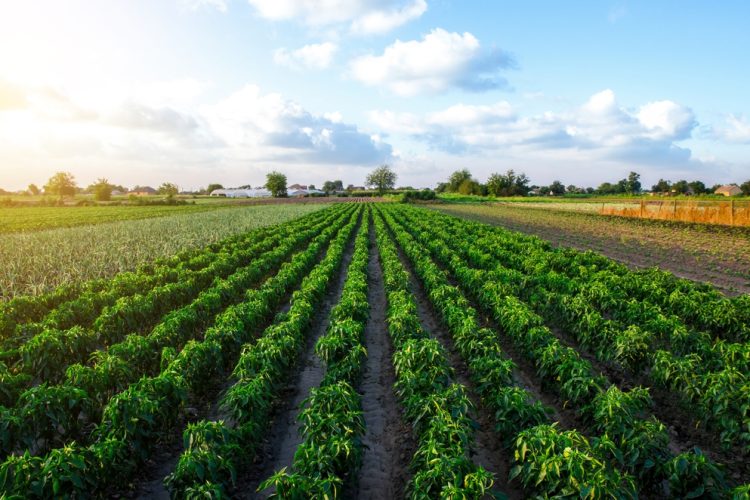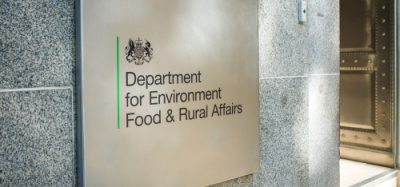How harnessing induced resistance could ensure a sustainable and resilient food supply
Posted: 15 October 2024 | Ben Cornwell | No comments yet
Scientists advocate for a holistic crop protection strategy centred on induced resistance to combat pest evolution and minimise pesticide harm.


Pesticides have long supported mass agricultural production, but this comes with several challenges. In addition to their adverse effects on human health and wildlife, there is a significant risk that pests will evolve to overcome plants designed to resist them. This threatens the development of sustainable and resilient agriculture.
A recent article published in Frontiers in Science highlights the potential of induced resistance in addressing this growing issue.
Like a vaccination for plants, induced resistance deliberately triggers a plant’s immune system, so that when the plant encounters a similar stress in the future, it responds more effectively. This approach enhances a plant’s existing abilities, providing more sustainable and potentially broader-spectrum protection, defending against multiple pathogens and pests, not just one.
A holistic approach to crop protection
Lead author Professor Brigitte Mauch-Mani from the University of Neuchâtel commented: “While induced resistance has been studied for decades, its exploitation in crop protection has only recently begun to gain momentum.”
She added: “We argue in favour of a holistic approach to crop protection, which combines multiple strategies to deliver tailored solutions. Induced resistance sits in the heart of such an integrated approach.”
Induced resistance can take various forms, such as plants releasing compounds that attract herbivores’ predators. However the most widespread form is defence priming, where a plant exposed to stress weakly activates its defence mechanisms, which fully engage when the plant faces another attack. This priming is so long-lasting that it can be passed on to the next generation, a process known as transgenerational immune priming.
The defence compounds produced in response to induced resistance are linked to improved health benefits and nutrition, allowing consumers to enjoy healthier food while reducing pesticide use. Additionally, it is faster than traditional breeding, offering a quicker way to adapt to changing climatic conditions. It is also harder for evolving pests to evade and has the potential to provide broad-spectrum protection.
Combining induced resistance with other strategies
Despite its promise, induced resistance does not offer complete protection on its own. It must be carefully calibrated and combined with other strategies to ensure plants remain resilient against multiple threats and do not divert excessive resources away from growth.
The article suggests that combining induced resistance with integrated pest management, using pests’ natural enemies, could significantly reduce pesticide use and make agriculture more sustainable.
To effectively incorporate induced resistance into agricultural practices, the researchers stressed the need for more studies covering real-world conditions and understanding how it performs outside controlled environments. They also expressed that legislative support will be crucial to establish quality standards that safeguard both producers and consumers.
“We strongly believe that fundamental research into induced resistance will be critical for the transition towards a truly sustainable food supply,” said Mauch-Mani.
“However, there is an urgent need for better communication between discovery-focused research and other stakeholders who have the expertise to translate discovery into application.
“Like the biology underpinning it, successful exploitation of induced resistance relies on a multifaceted effort.”









